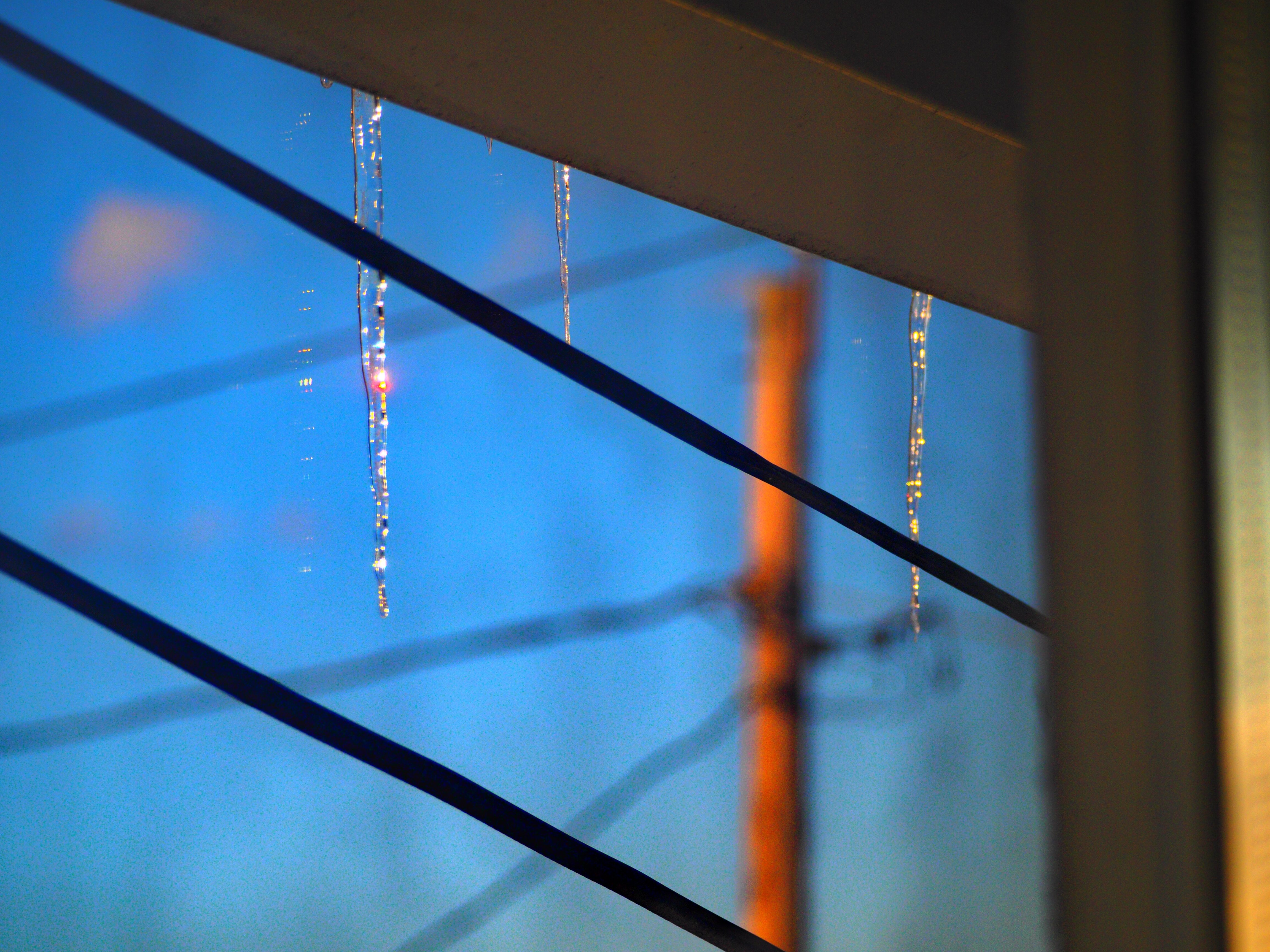-
Posts
44,789 -
Joined
Content Type
Profiles
Blogs
Forums
American Weather
Media Demo
Store
Gallery
Everything posted by LibertyBell
-
That's probably the rarest type of winter and will probably never happen again (at least not in our lifetimes.) The top winters with snow cover at JFK.... 1960-61, 1977-78, 1993-94, 1995-96, 2002-03, 2010-11.... in chronological order? I'm not sure if I left any out.
-
Yes, but the actual temperatures themselves were not colder in the South? Except near the ocean where it's always warmer anyway.
-
Yes the sun is trying to come out more forcefully now.
-
cold and very snowy which was new and different lol I put January 2004 and February 2015 in the same category that way.
-
warmer weather probably starting somewhere around the 29th hopefully warm and sunny, as warm and rainy is meaningless 50s and sunny would be absolutely PERFECT
-
The sun is finally trying to poke through the clouds, but it's a very dim effort indeed...... too little too late =\
-
Thanks Chris, do you have a similar list for JFK? Wild how high up 1976-77 is on this list and we only had about 25" of snow that winter?
-
yes it was supposed to be completely clear here today
-
wild how did 2013-14 have more snow on the ground than either 2014-15 or 2010-11 that seems impossible all I remember about 2013-14 is a ton of snow to rain events and also warm ups that melted the snow very quickly. We must have had a different winter on the south shore. 2014-15 and 2010-11 were both much much better than 2013-14 here. Also how many such days did 1995-96, 2002-03 and 2009-10 have, Chris?
-
last two springs have been dry too.
-
do you remember 2008-09? this is a somewhat lesser version of that winter 2010-11 was our best snowpack winter
-
Yeah today was a major bust, no where near as warm or nice as yesterday. It was supposed to be sunny all day today just like yesterday.
-
But it's gone back to dry now in the winter. In a way it's good, those high rainfall totals belong on the gulf coast not up here.
-
Late November? More like 0 or near 0 rainfall for all of October and the first half of November lol
-
This is why I take drought updates with a huge grain of salt. % of normal rainfall plus or minus doesn't mean anything this time of year. plus our average rainfall has been artificially spiking anyway, normally we should get 40 inches of rain per year. we need to get rid of all this excess greenery that burns up every time it doesn't rain for a week or two, we didn't have fires like this back in 2002 during our last drought. We just have too much greenery that needs to be cut down to reduce fire risk.
-
I foresee a very dry and very hot summer....
-
wow that was our Blizzard of 1888 but even more extreme! Maybe Seattle got 100 inches of snow in that season (or maybe even in that month?) I pay particular attention to your weather history column for the 1880s, so many deadly and extreme and surprise blizzards in that decade... what was going on that made the 1880s so extreme, Tony? How many foot plus storms did Seattle get in January 1950?
-
Don, it almost reminds me of Old Farmer's Almanac type of forecasts (I wonder how they make their forecasts?) And something even more extreme..... when I was little (5 years old), my Dad brought home a calendar that forecasted the weather for every day for the entire year. They were so specific! I remember in the summer it had some days listed as *sultry* and other days had *morning fog* and *afternoon thunderstorms* listed on them. 5 year old me had NO IDEA what the word *sultry* meant so I had to ask around and I got some very strange looks when I did! I also remember looking specifically for days that had *snowy* listed on them and even *blizzard* and being VERY disappointed when it didn't happen. I have looked for a more up to date version of this calendar ever since but never found it again. It actually got little me interested in and fascinated by weather forecasting. At the tender age of 5 I had no idea they were just guessing (and using climo?) but if it can get someone interested in weather and forecasting, I guess there's a silver lining to all this? And then there's the World Almanac, which is supposed to be a compendium of facts and yet it states that storms are more likely to occur 1-3 days before New Moon or 3-5 days after Full Moon (I actually used this to *predict* rain for a friend's birthday 6 months in advance and he still asks me how I did that.) Is there anything even remotely showing a connection between lunar phases and storms frequency, Don?
-
the subzero cold wave of 1981 continued....




